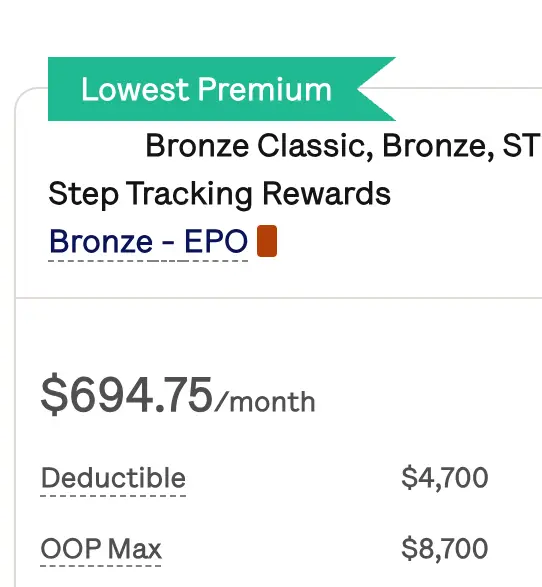Best Health Insurance & Coverage Options for Employers 2024
There are several options to get health insurance for employers that include small business group insurance, self-funded plans, and health reimbursement agreements. These plans differ in terms of what is covered, flexibility, cost, and reimbursements. This article attempts to look at which of the top four options might be the best option for your situation.
There are also alternatives to health insurance, such as Mira. It’s an opportunity for you to offer benefits to employees without breaking the bank. For only $25 per month, Mira offers low-cost lab tests, prescriptions, urgent care, and preventative care services to employees. Sign your team up today.
4 Best Health Insurance Options for Employers
Offering your employees health coverage is one of the most important things you can do to retain your top talent. As an employer, there are several ways that you can offer this to your employees. From a traditional self-funded plan, which can be expensive, to an affordable alternative option that helps your employees go to the doctor or get their prescriptions. Each option has its pros and cons and it’s important for you to identify the best for your personal situation.
Below we outline some of the best options to get health insurance for employers, ensuring that they can get the medical care they need instead of going without.
- Small Business Health Options Program (SHOP): You can get small business group insurance through SHOP if your business meets certain requirements, which vary by state. For example, in New York, you can qualify if you have between 1 and 100 full-time employees, but most states require you to have less than 50 employees to qualify. Premium costs are typically split between employers and employees.
- Self-Funded Plan: Self-funded plans are what many businesses offer as a traditional benefits plan. These plans divide costs into fixed and variable costs. With self-funded plans, there is greater flexibility and opportunity to save if employees do not use a lot of health care in a given year. However, these plans may end up being very costly in the case of catastrophic events that lead to high medical bills for employees.
- Health Reimbursement Agreement (HRA): HRAs are an arrangement between employers and employees where the employer agrees to make a certain amount of money available each month for employees to use on health care expenses. This money can go towards the coverage of premiums, copays, and prescriptions. Employees first pay for these services and then submit for reimbursement. There are two types of HRAs: Individual Coverage HRA and Qualified Small Employer HRA.
- Alternatives to Health Insurance: There are also ways that you can provide health coverage for your employees without purchasing insurance. Mira is an alternative to health insurance that allows employers to provide their employees access to preventative care, urgent care, prescriptions, and lab tests. Mira memberships only cost $25 per month for each of your employees.

Get affordable doctor copay without paying insurance premiums
Join 39,000 people and get Mira, the best alternative to traditional insurance. Enroll and use immediately. Plans start at only $45/mo.
Jacqueline graduated from the University of Virginia in 2021 with a B.A. in Global Public Health and is a current M.D. candidate at the Icahn School of Medicine at Mount Sinai. Jacqueline has been working for Mira since April 2020 and is passionate about the intersection of public health and medical care.
